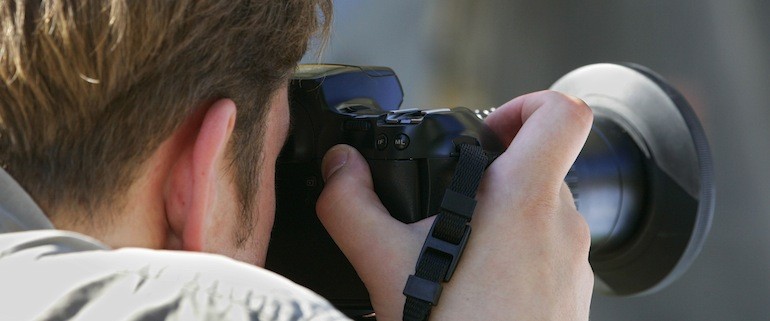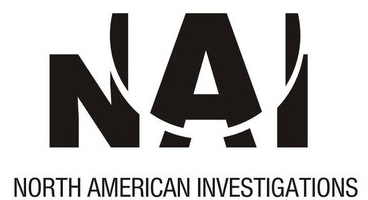
Photos are a vital part of most investigations. Law enforcement officers rely on them during stakeouts and crime scene investigations. A good detective understands the importance of taking shots.
If you love photography and you are interested in exploring your investigative skills, or you want to know how photography can make you a better detective, the following are some of the ways that you can become a more effective sleuth.
Choose the Right Camera
To get great shots, you need the right tools. Consider investing in a better camera. Different factors affect the quality of a camera. But the four most important elements are the lens, resolution, storage, and exposure control.
A camera’s resolution affects how sharp the image in each shot will be. A higher resolution gives you increased control over each shot. Look for cameras that offer high magnification power. It will allow you to shoot comfortably from a distance, without attracting your subject’s attention.
It is also a good idea to pick cameras that are capable of supporting large storage cards. This gives you more room for capturing shots when you need them.
Understand Your Camera
Before you hop into the field, spend a few hours understanding how your camera works. Read your camera manual to understand the core functions. You should be able to turn the camera on, set the timer, and adjust the exposure on your own.
Knowing more about your camera increases your skill level and your ability to take great shorts. You will find it easier adapting to different scenes and settings once you really know how your camera works.
Make Sure Your Camera Is Ready
Out in the field, you may not have much time to do a “systems check.” Before you head out, check your camera to make sure that everything is set.
Check your memory card. Unless you don’t have the opportunity, it is always best to start out with an empty card. This gives you more room. Transfer all the pictures you took on your last outing to your computer to free up space.
Go over the file type on your camera and the battery. Some cameras also give you the option to create customized settings. You can take advantage of those to cut down on the amount of time you spend before each shot.
Shoot as Much as You Can
Thanks to the introduction of digital cameras, you are no longer restricted to the limits of film—so don’t set any limits for yourself. Take as many shots as you possibly can.
Don’t worry about trying to save time or capturing the best angle. You will get better at things like that with experience and practice. The more pictures you take, the better your instincts for photography will be.
Avoid Deleting Pictures
Every picture you take could be the shot that helps crack an investigation. Resist the urge to delete pictures from your camera, regardless of how poor a shot may appear to you. Store each picture away.
Instead of groaning over bad shots, you could use them to improve your skills. Reviewing your bad photos will reveal where you went wrong. Maybe you used too much flash, or your hands were jerking. If you don’t have a reference point, you won’t know what you need to improve.
Invest in a Card Reader
Sure, you could transfer pictures from your camera to your computer with a USB cable. But why do that when there are faster and easier options?
When you buy a camera, get yourself a memory card reader. A memory card reader gives you a convenient and fast way to transfer files from your camera to your computer system. Instead of using a cord to connect your camera directly to your computer, the reader plugs into the computer and you simply insert your camera’s memory card into the device.
Having a card reader also frees up your camera since only the memory card is needed to transfer photos. That’s why you should also invest in a second memory card. You never know when you’re going to need it. With a second memory card, you have a backup option when the first card is full. It also means you can take more pictures while your card reader is transferring files.
Don’t Stop to Look at the Display
Professional photographers shoot on instinct. They don’t stop to analyze each shot after it is taken. They simply keep pressing the button. When taking pictures, do not stop to look at the LCD screen to see how the frame looks. You can do that afterwards.
Stopping to look at each picture will rob you of several vital seconds. A lot can happen in that time. For instance, your subject could walk way. And if you are trying to capture a scene where things are happening very rapidly, you could miss a key shot because you were staring at the display.
Lean Against an Object
One of the early problems that most amateur photographers face is taking blurry shots. This happens because the camera shakes when you move. To reduce this, try leaning against a hard object. It holds your body steady and reduces the risk of you shaking.
Keep your motions smooth. Do not tap the button. Press it down and hold until you hear the shutter sound. Try to control your stability by breathing between each shot.
Learn More About Photography
Experience is a good way to hone your skills. But you can also learn more about photography by reading books and articles on the subject. Photography is an art form; the more you learn, the better your skills will be.
Look for books that cover subjects like photocomposition and focus. Learn the different elements that can make your images sharper or clearer. Understand how the shutter speed affects a shot and the best ways to work with lighting. All of these will go a long way towards improving the outcome of each shot.
For a new photographer, learning how to take great shots takes time. Learning how to do so when your subject isn’t aware takes even longer. As much as the specific tips can help, the most important thing for you to remember is to stick with it.
Don’t get discouraged if your early attempts look miserable. With time and experience, you will get better at your job—just ask any detective.



